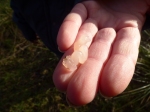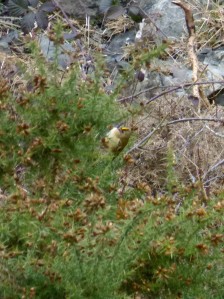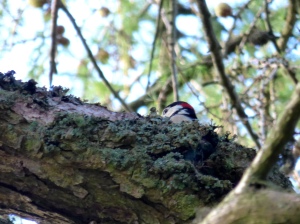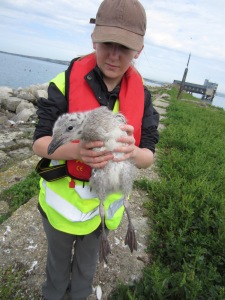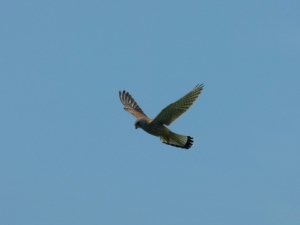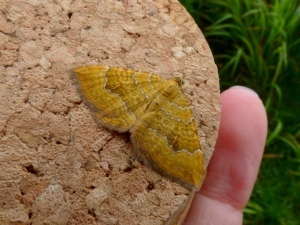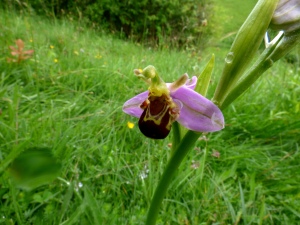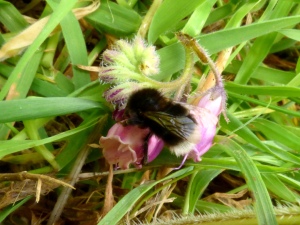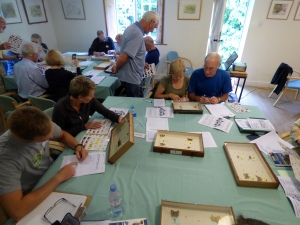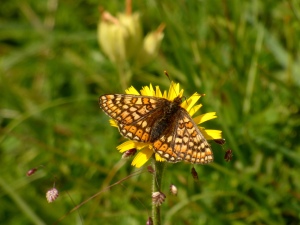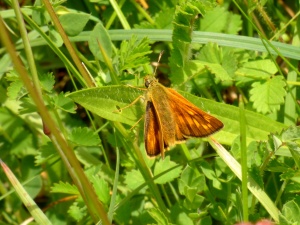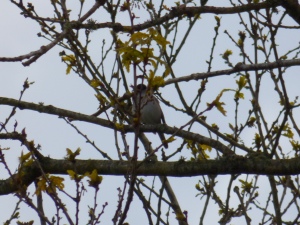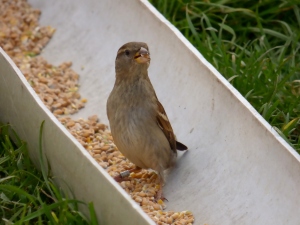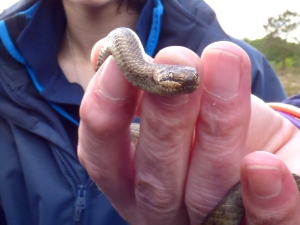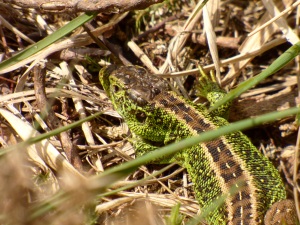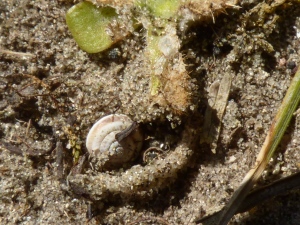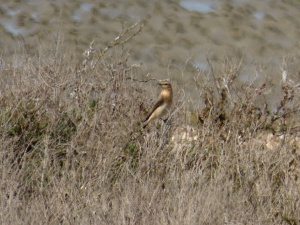The Present is the point at which time touches eternity
AKA, this blog is finally up to date again!
The start of this week was spent in a different line of work than my usual chatting to people about wildlife. However, it very much still involved chatting with people. I was assisting at the International Food & Drink Event, held at ExCeL London Exhibition and Conference Centre, exhibiting instant teas – both the yummy and refreshing YumCha iced teas, and a new exciting (and still unlaunched) product that is instant hot tea. Sounds a bit odd, but produces a fantastic cuppa!
When not chatting, I was staying in Surrey and very happy as there were two gorgeous Labradors to fuss over. As I’m sure you’ll agree, they are just beautiful!
Anyway, back to the subject that this blog is focussed on. There was plenty of wildlife seen / heard. My second morning there had me hearing and seeing my first Chiffchaff (Phylloscopus collybita) of the year – a very distinctive call indeed. A walk with the dogs mid-week resulted in my first Buff-tailed Bumblebee (Bombus terrestris) of 2015. Whilst the workers are indistinguishable in the field from White-tailed Bumblebee (Bombus lucorum), the Buff-tailed queen has (as it says in the name) a buff-coloured tail! Whilst she was too fast for a photo, I did manage to track her behaviour – she seemed to be investigating holes in the ground, on the lookout for a nesting site I imagine. The walk also saw me admiring various plants, as you can see in the photos below. I’m sure that the last photo is showing something odd … it’s a twig from an ash tree, but the bud looks to have grown weirdly!
- Wild Garlic / Ramsoms (Allium ursinum)
- Fantastic tree root!
- Very odd-looking
Heading nearer to the river, I had a good wander about – looking at prints in the mud, keeping an eye out for otter spraint (as ever!) and finding interesting things (such as shells). I wasn’t on the lookout for anything in particular (except the spraint of course), when suddenly something marvellous happened. A bright flash of blue along the river, accompanied by a distinctive cry … could it be?! Did that just happen?! Did I … did I just see a Kingfisher?!?! (Alcedo atthis) Why the excitement you might ask … it’s a common enough bird, and I’ve seen rarer ones. However, I have never ever seen a kingfisher in the UK! I’ve seen at least 3 species over in South Africa, but never one here! That’s why it appears on my 2015 Wildlife Resolutions! And now I’ve seen one!!!! I immediately phoned Matt / posted on Facebook / tweeted about it.
Not long after, I found a fantastic spot where I could sit right by the water’s edge. I was hoping the kingfisher would reappear of course. No joy, but I did see one of my favourite small birds – the Long-tailed Tit (Aegithalos caudatus), and when you see one, you know that you’ll soon see another as they stick together in groups. Sure enough, I saw at least 5. A little while later, I was intrigued by another bird … it looked a bit like a Chiffchaff (Phylloscopus collybita), but it did not sound anything at all like it! For one thing, it was singing its little heart out – Chiffchaffs have that distinctive “chiff chaff” call (hence the name!). I wonder perhaps if it was a Willow Warbler (Phylloscopus trochilus – note the similar name, they are of the same Genus)? I’ve since had it pointed out to me that is a Wren (Troglodytes troglodytes), how I didn’t spot that I’m not sure. Most likely because I was completely exhausted from a couple of days of very intense tiring work. Additionally, I’m not sure I’ve ever taken stock of what a wren’s song sounds like – bird ID from calls / song is yet another skill I want to improve upon! The photos aren’t great; it was a bit of a distance away.
- A hole in the bank – a nesting site perhaps?
- Shells by the river
- Long-tailed Tit (Aegithalos caudatus)
- A lovely spot indeed
As I walked back towards the house, my eye was caught by something on a dandelion. I didn’t expect it to be much, and figured it would fly off straight away, but decided to try and take a closer look. Kneeling in the grass, I snapped a few shots whilst wondering what it was … a hoverfly perhaps. Hm, but no, it doesn’t look right for a hoverfly – maybe some sort of bee? There are 200+ species of bee in the UK after all, and I’ve only tried to learn the bumblebees so far. It was being very helpful and remaining still, likely the chilly air hadn’t inspired it to be very active. I have since learnt (thanks to Ryan Clark) that it is in the Lasioglossum genus of bees, also known as sweat bees, and that it could be 1 of 4 species – L.morio, L.leucopus, L.smeathmanellum, L.cupromicans (who are all very similar and need a microscope to find the differences!).
Back in London again, and I soon ticked off another species for the year – Early Bumblebee (Bombus pratorum). This queen was buzzing about in the garden, and I managed to catch her and have a small photography session. What a beauty she is! Thanks to Ryan Clark (again) for confirming the identification!
The week was finished off with a visit to Capel Manor. I’ve actually spent a lot of time here in the past – it’s quite nearby, absolutely stunning and a brilliant place to spend much of my childhood. Being there as a littl’un, amongst the plants and the animals, has likely contributed to my enthusiasm for wildlife and the outdoors – and thus to where I am (and who I am) today. Despite the miserable weather (it was definitely a waterproofs day!), the gardens and buildings still managed to look fantastic. And Matt saved a worm from being trod on as well.






























